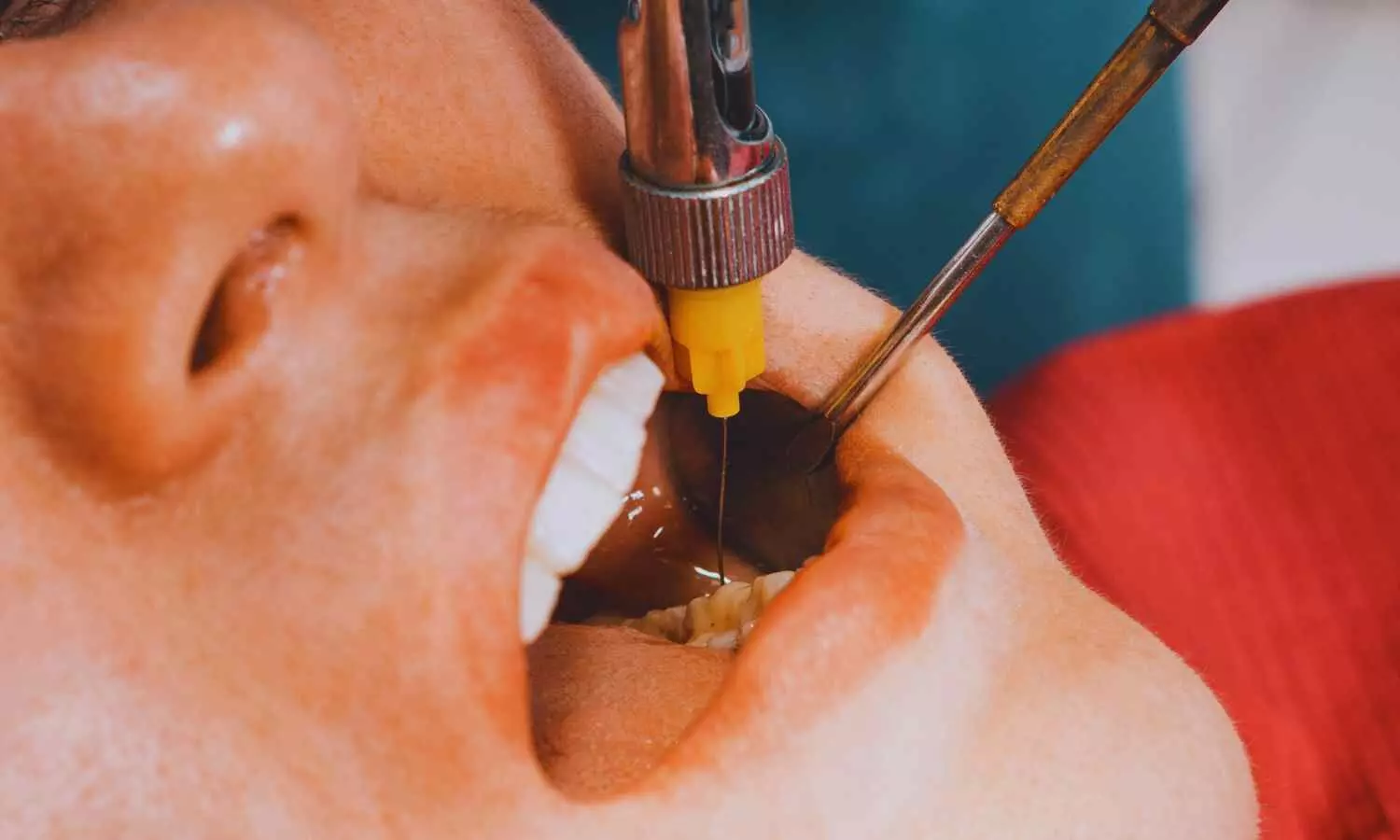Cancer deaths expected to rise to over 18 million in 2050, nearly 75% more than in 2024
Powered by WPeMatico
Powered by WPeMatico
Powered by WPeMatico
Powered by WPeMatico
Powered by WPeMatico
Powered by WPeMatico
Powered by WPeMatico
Powered by WPeMatico
Powered by WPeMatico

Mindfulness meditation may help people struggling with concurrent depression and Internet gaming disorder, according to a study. Guang-Heng Dong and colleagues treated 59 people with depression and Internet gaming disorder (IGD)-which is characterized by excessive and dysregulated video game playing.
About a third of people struggling with IGD also suffer from depression. For some, gaming becomes the only way to feel pleasure in an otherwise painful or colorless world. Of the 59 participants, 27 engaged in progressive muscle relaxation exercises and 32 engaged in mindfulness meditation training tailored for addiction.
For example, participants were taught to observe and experience their cravings as they rose and then dissipated, like a wave. Those who engaged in mindfulness meditation training for four weeks, with two 2.5–3.5-hour sessions per week, showed a significant decrease in depressive symptoms, a significant decrease in scores on the Internet Addiction Test, and a significant reduction in craving for video games. Participants who engaged in progressive muscle relaxation showed less improvement in symptoms.
Brain imaging showed that meditation practice decreased brain responses to gaming cues and increased activity in the lentiform nucleus, which could potentially indicate lessening anhedonia-dysfunction of the pleasure-seeking and pleasure-enjoying system. According to the authors, mindfulness meditation is a promising treatment for IGD and depression when they occur together.
Reference:
Luo, X., et al. (2025) Mindfulness meditation reduces symptoms and modulates neural circuitry in comorbid internet gaming disorder and depression. PNAS Nexus. doi.org/10.1093/pnasnexus/pgaf277
Powered by WPeMatico

A study found that a 2% sweet vanilla scent effectively distracted children aged 7-9 years, reducing injection pain during infiltration anesthesia for maxillary molars. The findings suggest that simple sensory interventions may help ease pediatric dental anxiety and discomfort.
Published in Journal of Integrative & Complementary Medicine (Shadman et al., 2025), the randomized, double-blind, controlled trial involved 48 children in need of local anesthesia for primary maxillary molars.
The children were split into three groups: a control group with no scent, a group that received anesthesia in a room filled with 2% vanilla scent, and a group exposed to the vanilla scent for 30 seconds before injection. Pain was assessed using both subjective scales (Wong-Baker Faces Pain Rating Scale) and objective scales (FLACC behavioural pain scale), along with physiological measures like heart rate and oxygen saturation. Results showed significantly lower FLACC scores and reduced heart rates in the scented intervention groups compared to control. Oxygen saturation was also better when using the scented room condition. However, the Wong-Baker self-report scores did not differ significantly across groups.
What this really means is that vanilla aromatherapy, which costs little and is easy to implement, could be a useful non-pharmacological strategy in pediatric dentistry. Though subjective pain didn’t always change, the behavioural and physiological responses suggest that children experienced less distress. The authors do note the need for larger trials and testing in other age ranges to confirm and generalize the findings.
Powered by WPeMatico
